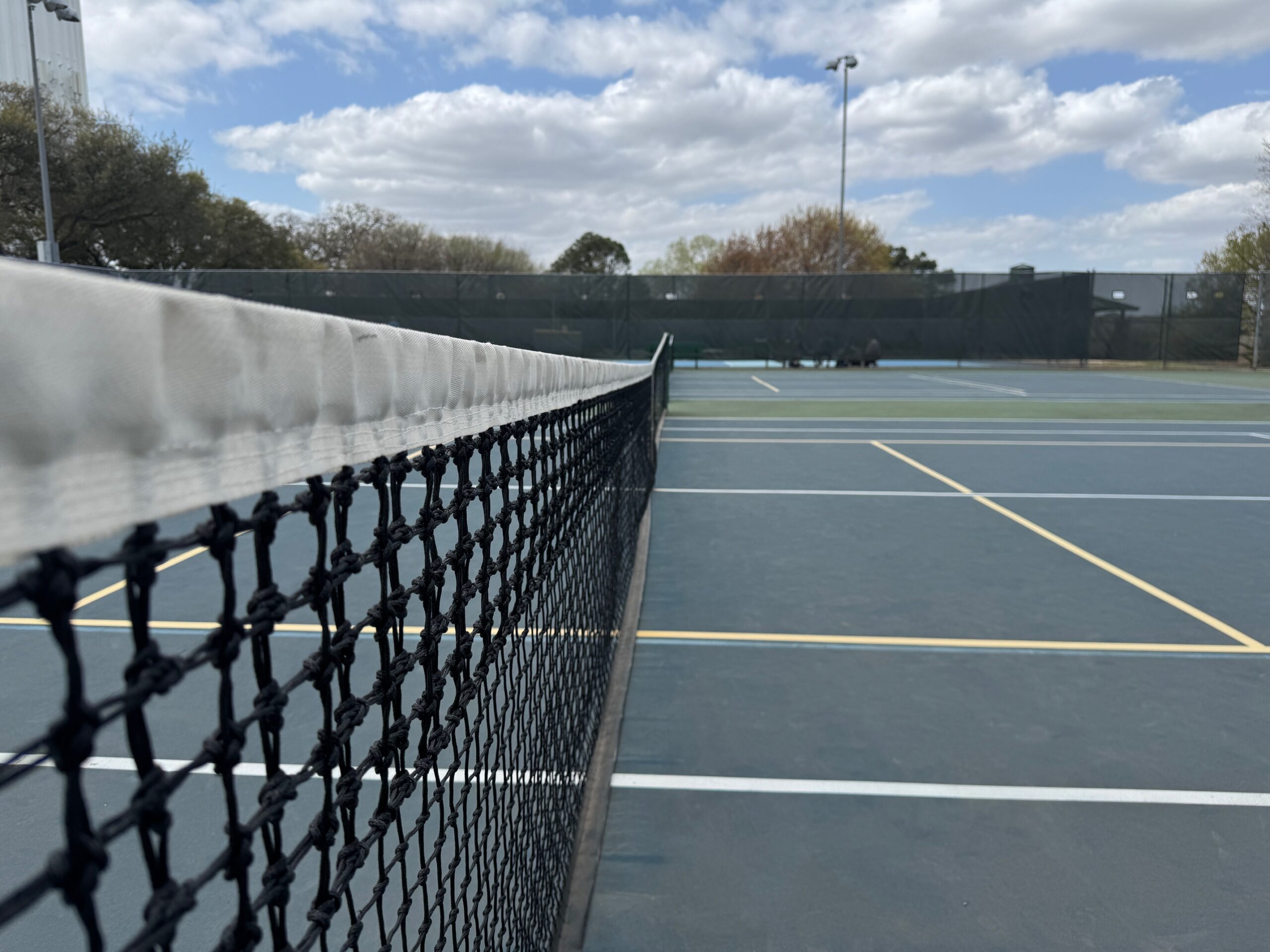The USTA has an official definition for all the types of NTRP ratings for players, along with a single-letter abbreviation. However, these ratings also have alternative connotations and definitions when used in practice. Those dual perspectives represent a challenge for the USTA with no easy solution. Under certain circumstances, it can also create a competitive minefield for players.
I am currently hyper-focused on the special rules and competitive connotations associated with players who compete in USTA League under an Appealed (A) rating. Those players are subject to additional requirements and risks. They may also face stigma and perceptions that they have somehow manufactured or gained an unfair advantage. Self (S) rated players are in the same boat.
In fact, you could seamlessly substitute alternative nomenclature for the official Self-Rated and Appealed terms and wind up with the same practical usage. Naturally, I had to take a cut at describing that.
- Self-Rated (S) – Sandbagger:
Seasoned league players view self-rated players with suspicion, often for valid reasons. Even though self-rating is necessary to start play within the NTRP competitive framework, there is a widespread belief that players systemically underrate themselves, often at the behest of enterprising captains. Additionally, players who have been promoted and cannot play their way down can allow their rating to expire and re-self-rate at a lower level once that occurs. It is a truly unfortunate cultural attitude because experiencing the “S” stigma is the introduction to USTA League culture for most players. Consequently, the USTA has special rules for Self-rated players, which are mostly in place to placate complaints by ensuring these players compete in enough matches to be disqualified before championship-level play. - Appealed (A) – (Unfairly) Advantaged:
Players who have successfully appealed their rating are also cynically regarded. (A)-rated players are widely viewed as having gamed the system to earn an unfair advantage. The general connotation is that the NTRP computer tried to put that player at the level where they belong, but somehow, they wiggled off the hook. The USTA also has special rules for appeal-rated players. The objective is to force them to compete in enough matches to be disqualified just in case granting the appeal was a mistake. Appeals are almost always viewed as illegitimate unless it happens to be someone on your own team, in which case it is smart and savvy.
The USTA imposes additional match requirements for appealed and self-rated players at the national level. For example, they must play at least four matches on that roster to compete at the Nationals Championships. Additionally, no defaulted matches can count toward that criteria. The USTA National Regulations also allow each Section to impose its own requirements before the Sectional Championships. My home Section of Texas has elected to require all (A) and (S) rated players to play at least three matches during the local league season before the Sectional Championships. Defaults do not count toward that requirement.
Of course, it doesn’t stop there in Texas. In my two local playing areas (Dallas and Fort Worth) all (A) and (S) rated players are required to play at least three matches to be eligible for local playoffs, again without any defaults. I am so thankful that Texas didn’t go with four matches at the Sectional level because that would likely have become the local standard as well. It’s a lot.
The increased matchplay criteria will be a challenge for me. Over the past few years, I have struggled to find the calendar alignment to play the scant two matches required as a computer (C) rated player for many of my teams. Having that requirement upped to three as an (A) rated player feels overwhelming. I am anticipating that I will not be able to achieve playoff eligibility for some teams. I am still wrapping my head around the possibility that I may disappoint some people this year.
Having an (A) rated player on the roster also creates additional overhead for my captains. That third match requirement at the local level could cut into playing time for other players on the roster. Additionally, defaulted line scenarios could become very nuanced. My “abuse case” mentality, which is how I view the world at my day job, has recently come up with creative ways defaults could be used strategically or antagonistically.
However, my most significant irritant of playing under an (A) rating is the risk of dynamic disqualification. USTA League has rules to prevent dynamic disqualification at both the Sectional and National Championships. I suspect that is because it would create a negative player experience to travel to Nationals and not be allowed to play. However, I have a potential nightmare scenario that doesn’t have the same guard rails.
I plan to play in the Doubles Division of the NTRP National Championships in March. It is a qualification-based tournament, but my selection is highly likely based on my current NTRP ranking points. That tournament falls right on the tail end of my local 40+ USTA league season, where I believe I am most at risk for picking up disqualification strikes. In other words, I could potentially be disqualified from USTA League NTRP play during the lead-up to that National Championship tournament.
I suspect that if I were disqualified before registering for a tournament, the USTA platform would prevent me from entering. However, there is nothing explicitly in the tournament regulations prohibiting NTRP-disqualified players from competing in NTRP-leveled events, though that should clearly be the policy.
However, disqualification could occur at any time during the tournament lifecycle. For example, disqualification of a player could happen after entry but before selection, after selection but before the draws are made, or after the draws are made but before play actually begins. The guardrails that prevent near-term or onsite dynamic disqualification of a player at USTA League Nationals simply aren’t in place for USTA NTRP tournaments. Additionally, the rules leave a lot of room for interpretation.
To most players in the USTA NTRP ecosystem, this nightmare scenario has an obvious solution: Don’t get dynamically disqualified. Unfortunately, intentionally playing to avoid that is ratings manipulation. The reflexive solution that most people suggest is fundamentally wrong.
Even so, the temptation is palpable. I have always conceptually understood how the risk of disqualification incentivizes players to manage their ratings. However, as I emotionally process the prospects of playing under an A rating for the first time in my playing experience, I now appreciate that it is a more powerful motivator for bad behavior than possible promotion at the end of the season.
A recurring theme on this site is the idea that the USTA should carefully evaluate how its competitive framework influences player behavior and whether those incentives benefit or harm the broader tennis ecosystem. Paradoxically, this experience has led me to understand that the threat of dynamic disqualification exacerbates and encourages more of the very ratings manipulation it is intended to prevent.
- 2025 USTA League National Regulations, USTA Resource Document, April 14, 2024.
- 2024 Texas Operating Procedures, USTA Texas Resource Document, no version marked beyond the effective year in the title.)
- 2025 GFWTC League Regulations: A handbook for captains and players, viewed December 10, 2024.
- USTA Dallas Local League Rules & Regulations, USTA Championship Year 2025, viewed November 16, 2024.



